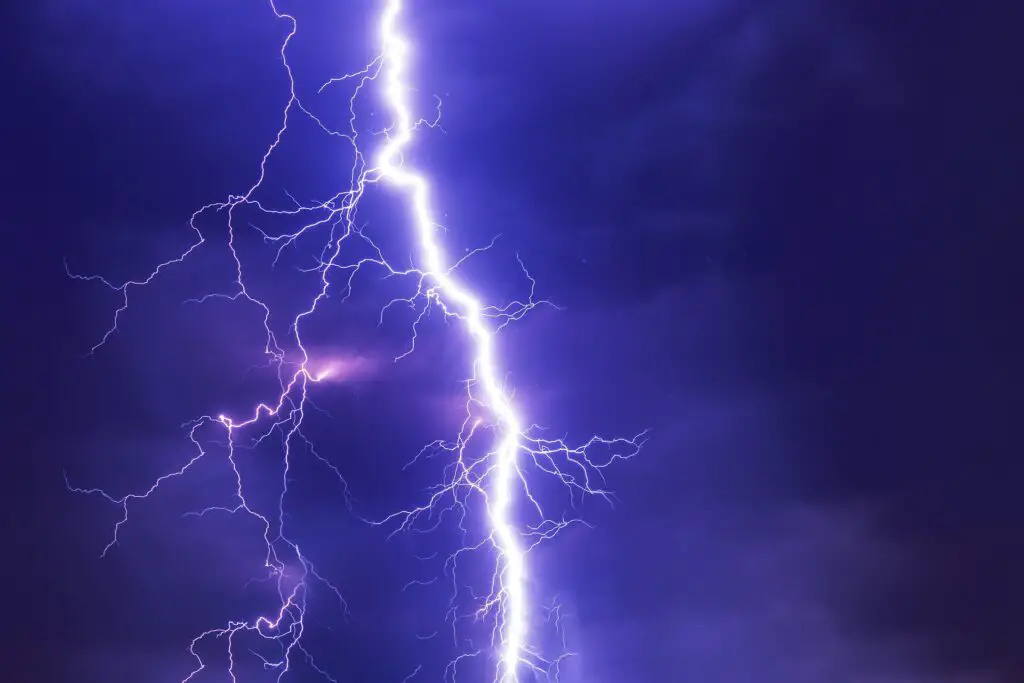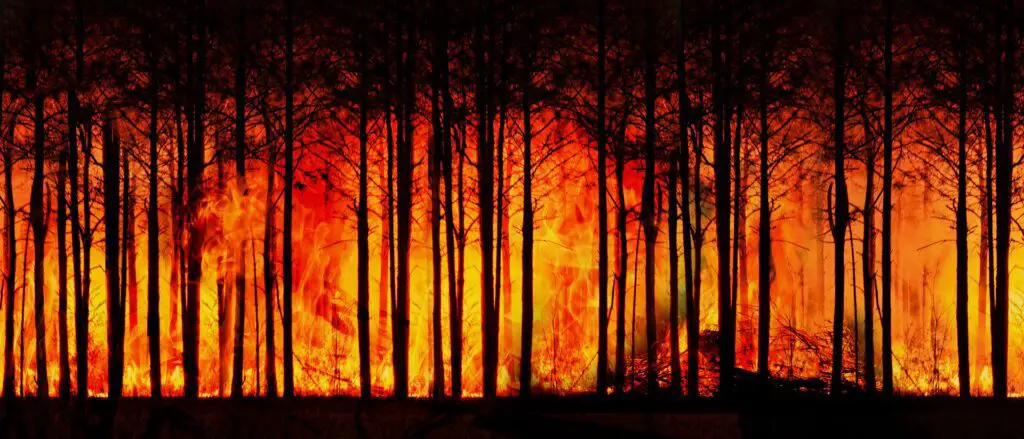Last year saw the entire world grapple with the COVID-19 pandemic. This year, is the threat of a nuclear winter something that we should be worrying about?
This whole idea stems from wildfire thunderclouds. Wildfire thunderclouds are plumes of smoke generated from intense heat as it builds up and gets funneled into the stratosphere. It’s a phenomenon that used to only happen with volcanic eruptions.
However, research conducted by the US Naval Research Laboratory (NRL) reveals that there’s a connection between fires and the increasing incidence of these plumes.
Contents
What Are PyroCumulus Thunderclouds?
A pyroCb (extreme manifestation of a pyrocumulus cloud) event basically starts when a forest fire becomes so intense that it begins to change the dynamics of its surrounding atmosphere. The hotter the wildfire is, the more rising air it will produce.
The result is a distinctive cumulonimbus cloud hovering above the blaze (the plume), with ash and smoke being pushed upward at very high velocities. The smoke gets funneled to the next layer of the stratosphere, where weather is formed.
As the plume gathers particles, it starts to produce a lot of lightning. And as it moves across a particular landscape, it can – and often does – spark new wildfires through both lightning strikes and by flinging embers as it goes.
How can thunderclouds cool our planet?
Once smoke aerosols reach the stratosphere, they can block out the sun. This tends to cool the landscape below it.
As a result, the plume starts to absorb the sun’s energy, warming the air around it, rather than that energy reaching the ground. This results in a sort of “thermal bubble” that makes the smoke circulate and swirl. This whole phenomenon then creates its own stratospheric weather event.
Despite being a fairly new discovery, it’s a phenomena that has been happening quite often. In fact, we’re seeing a record number of these plumes recently and they’re bigger than ever.
What’s Causing PyroCumulus Thunderclouds?
According to scientists, smoke and ash spewed from major volcanic eruptions have historically prompted global climate disruptions due to their cooling effect. This is where the nuclear winter theory comes into play – could successive pyroCb events possibly impact the climate at the scale of a nuclear catastrophe?
In theory, yes. But thankfully, we don’t have forest fires as massive as an atomic event.
Nevertheless, the incidence of pyroCb activity across North America is quite worrying. Especially with the largest one being recorded just this June. Since then, there’s been nearly daily pyroCb activity not just in the US but across the world.
This year alone, Canada confirmed 46 pyroCb events, the US recorded 15, Russia has had 11, and Australia so far has had one. That’s a total of 74 for 2021.
The significant increase of this phenomena could be attributed to the fact that scientists now have better detection tools. But it could also be because the warmer air near the ground mixed with cooler air above prompts unstable weather conditions. And with the intensity of the wildfires increasing, so will the plumes that it causes.
Another possible factor is the apparent dryness of the fuels. Wild fires happen more often in places where extreme drought depletes vegetation’s moisture. In such cases, more heat is released, creating stronger updrafts that reach deeper into the atmosphere.
Should We Worry About PyroCbs?
Firefighters already have a lot on their plate during wild fire season. Worrying about pyroCybs on top of that means they will face more risks managing fires that are getting bigger and are occurring more often. To say nothing of the fact that pyroCybs are likely to start more fires, which means more work – and greater risks – for them as well.
On a big picture, environmental scale, the phenomenon also prompts more questions. Will larger plumes have bigger consequences for climate change? Will it cool earth’s surface? What implications will it have on meteorology?
These are questions that are largely left unanswered for now… but that’s not to say there won’t be more information coming soon. In the meantime, it certainly pays to stay tuned for more news regarding this subject.
Update: Since writing this article, Europe, especially Greece, Turkey and other Mediterranean countries have experienced record heat and terrifying fires resulting in PyroCbs . The IPCC (The Intergovernmental Panel on Climate Change) has reported that urgent action is needed to try to rein in global temperature increases). Food for thought?
Should We Be Concerned About PyroCumulus Thunderclouds?
While pyroCbs are a fascinating and complex natural phenomenon, their increasing frequency raises important questions about their impact on our environment and climate. As scientists continue to study these events, the link between wildfires, climate change, and extreme weather becomes ever clearer.
Stay informed, support climate action, and advocate for policies that address the root causes of global warming. Together, we can work toward mitigating the conditions fueling these extraordinary events.



